Inside the Thinkware Dash Camera Factory: A Journey into Manufacturing Excellence
Have you ever wondered how dash cameras are made? Recently, my colleague Ted and I took a trip to Korea to visit the Thinkware dash camera factory, and let me tell you, it was a fascinating experience. Spanning over 3 acres, this facility is not just about dash cameras; they also produce scooters under the name Road Gear, which is exclusive to Korea. Unfortunately, we couldn't explore their vehicle division, but what we did see was truly impressive. Let’s dive into the intricate world of dash camera manufacturing.
Entering the Thinkware Facility
To enter the Thinkware facility, we had to don special protective clothing and shoes. This attention to detail reflects their commitment to quality and safety right from the get-go.
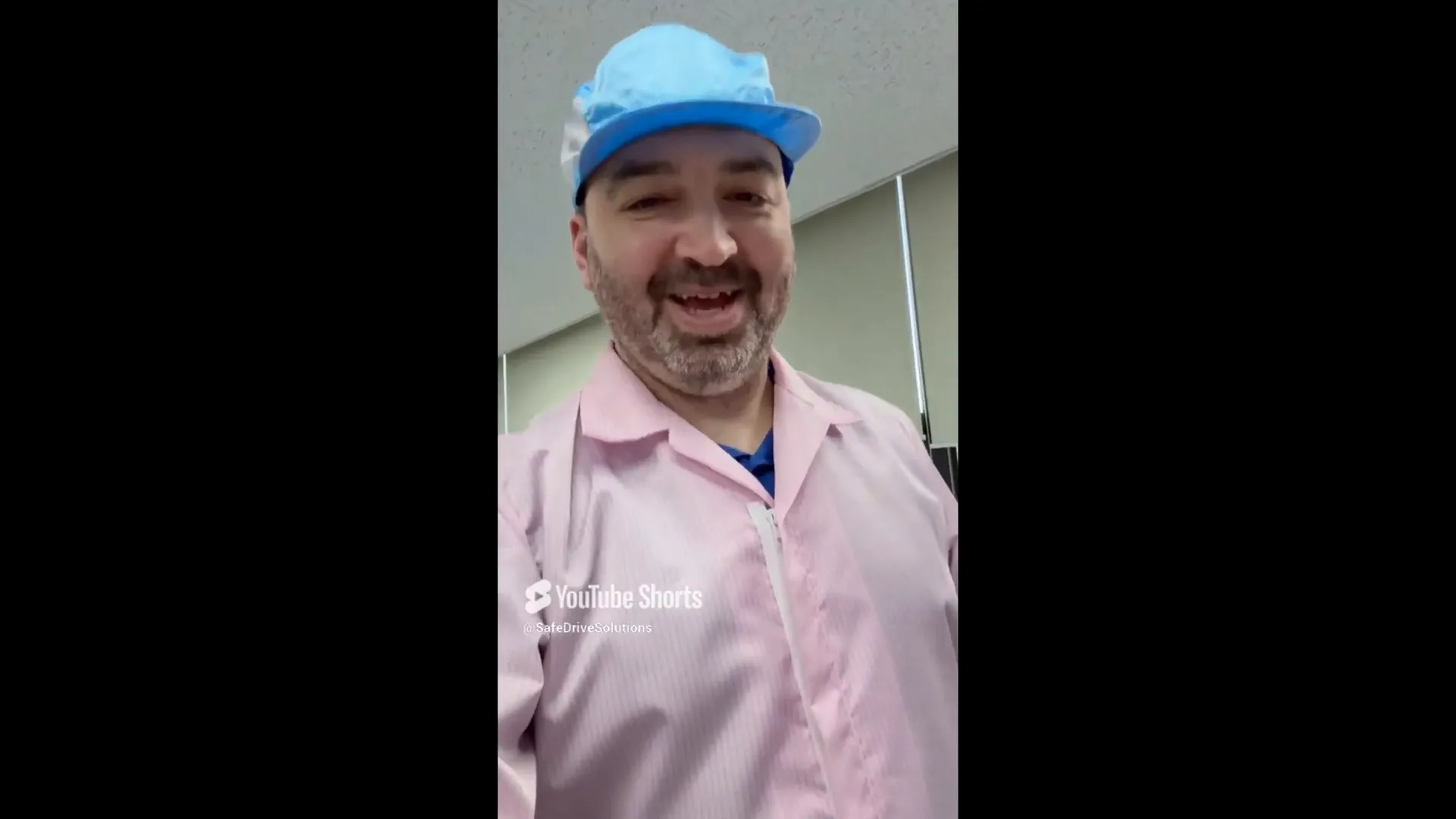
The Heart of Production: The Chip Center
At the core of dash camera technology are the chips. Inside the chip center, we found rolls and spools of various chips waiting to be integrated into the cameras. This is where the magic begins—each chip is essential for the camera's functionality.
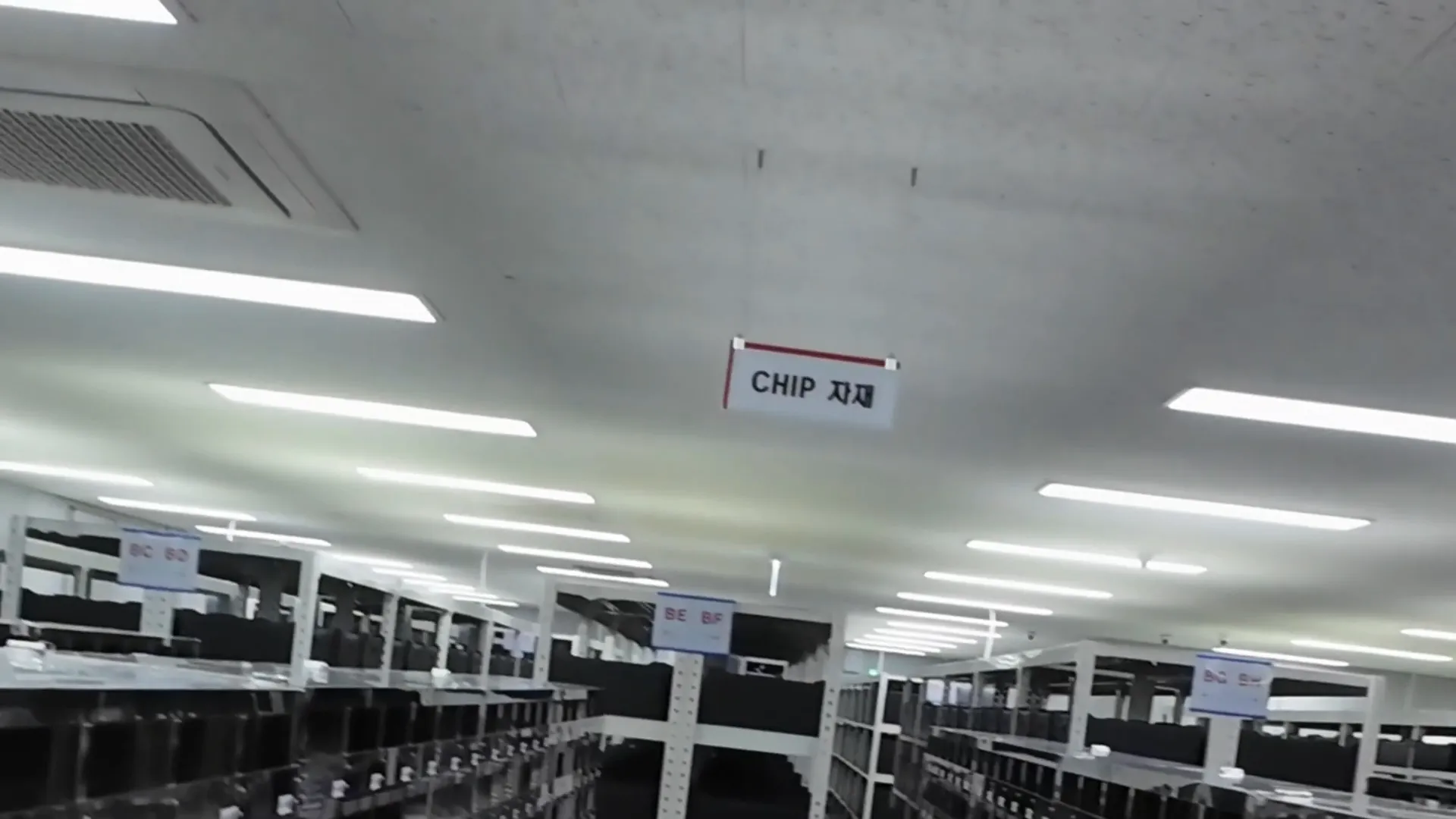
The Air Shower: A Unique Entrance
Before entering the main production area, we had to go through an air shower. This step is crucial for keeping contaminants out of the manufacturing space. It's a fascinating process that underscores their commitment to quality.
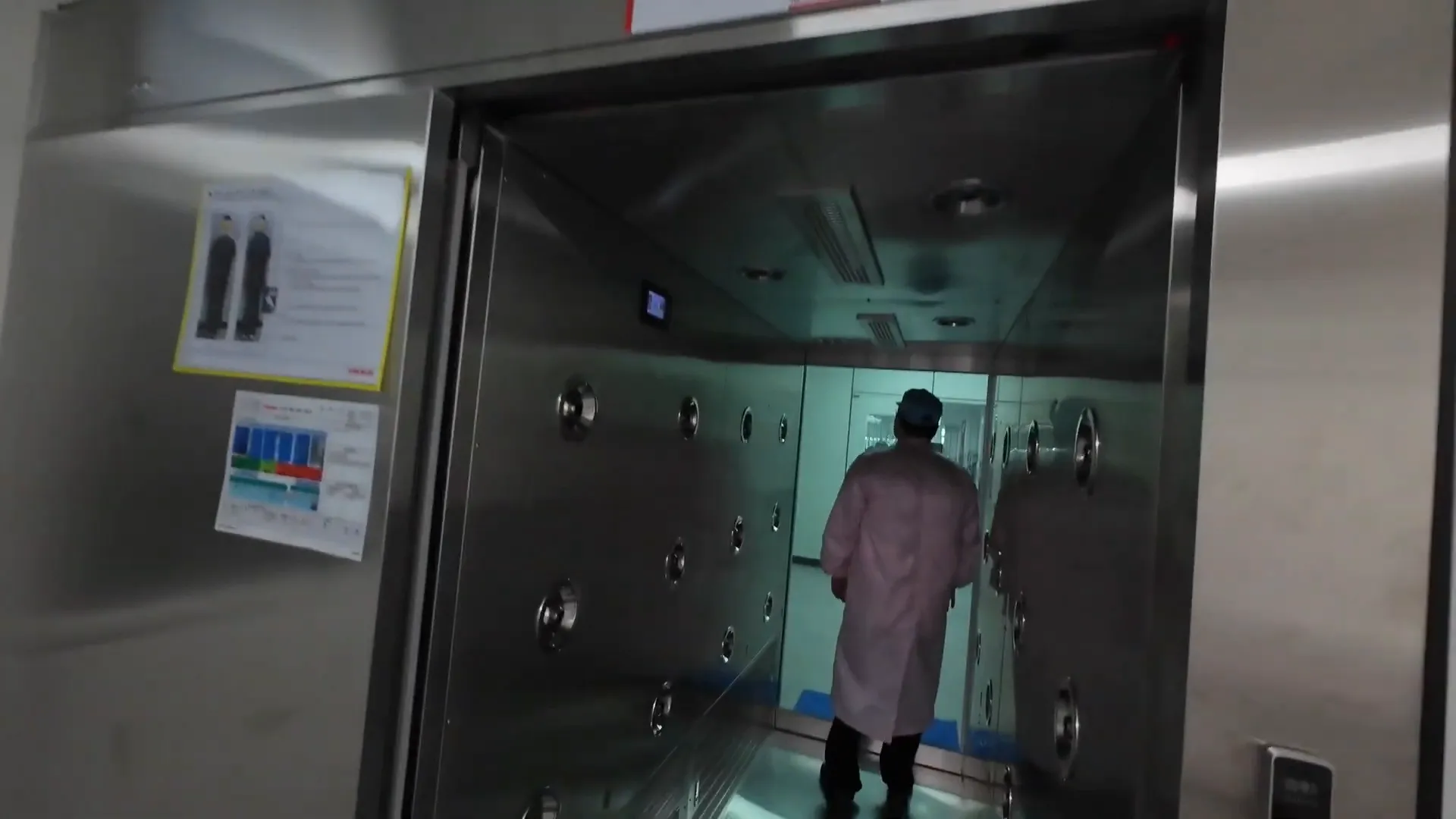
Walking the Factory Floor
As we walked through the factory, the scale was breathtaking. The assembly lines were bustling with activity, and we could see how various components were being put together. It was a well-oiled machine!
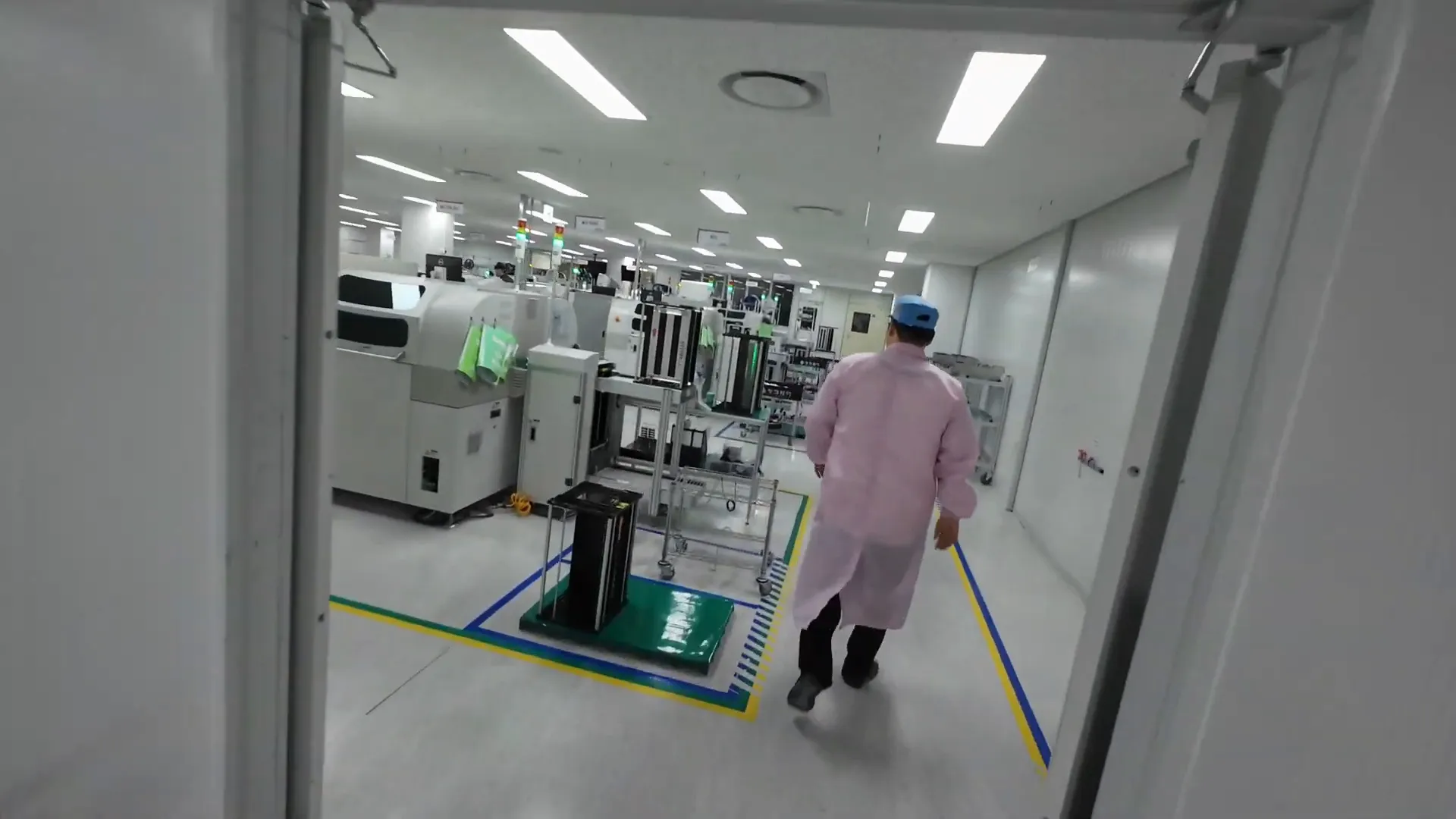
Automated Production: PCB Board and Chip Machines
One of the most impressive sights was the machines that handle the PCB boards. These machines automatically load the necessary chips and solder them onto the boards without any human intervention. It's efficient and precise!
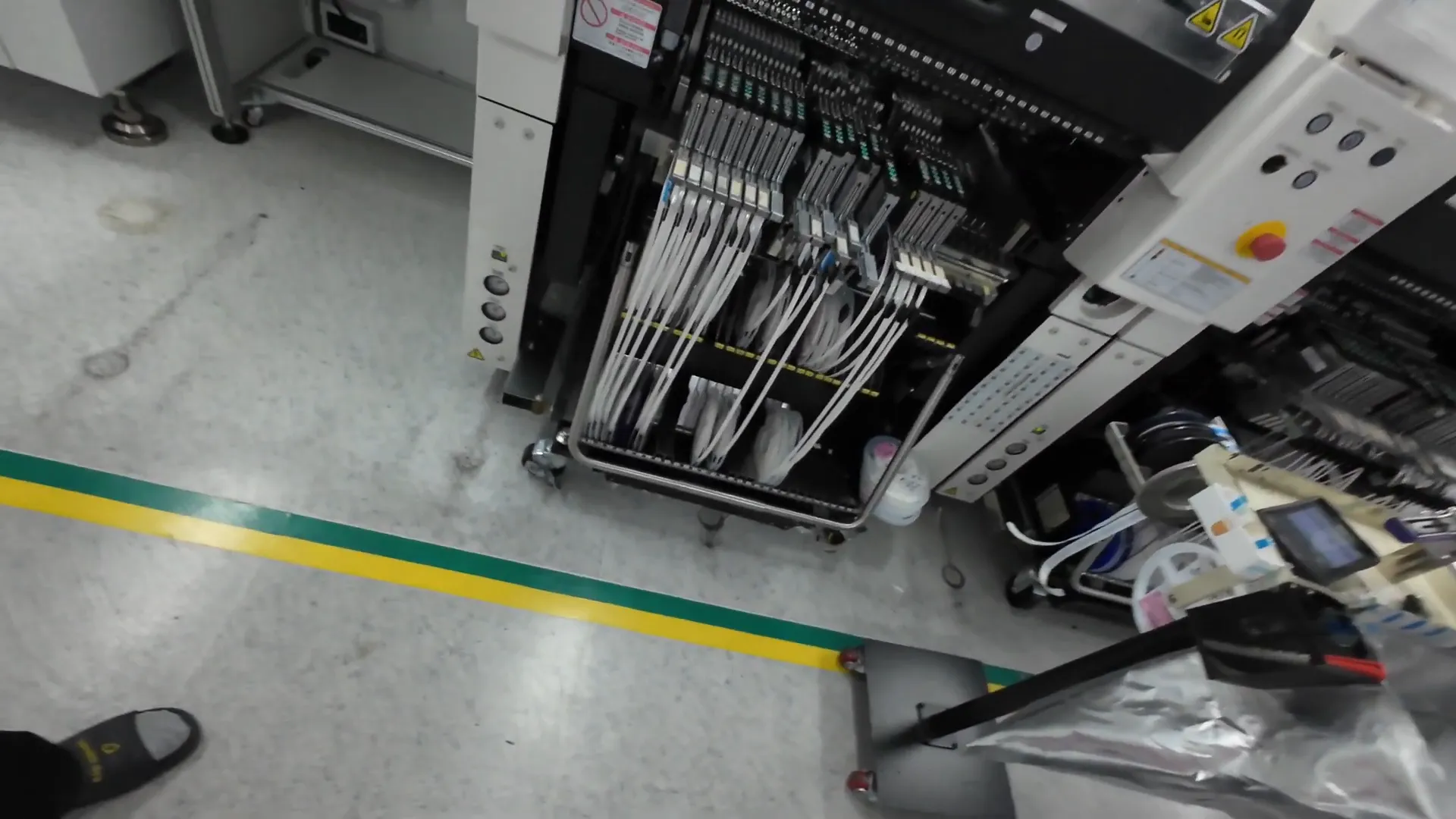
Quality Control: Visual Inspections
After the boards are assembled, they undergo rigorous visual inspections. A machine checks for any faults, ensuring that only the best products make it to the next stage. Quality control is paramount in this industry.

Manual Insertion and Soldering
While much of the process is automated, some steps require manual insertion and soldering. Workers are trained to handle specific models, ensuring that everything is done correctly.
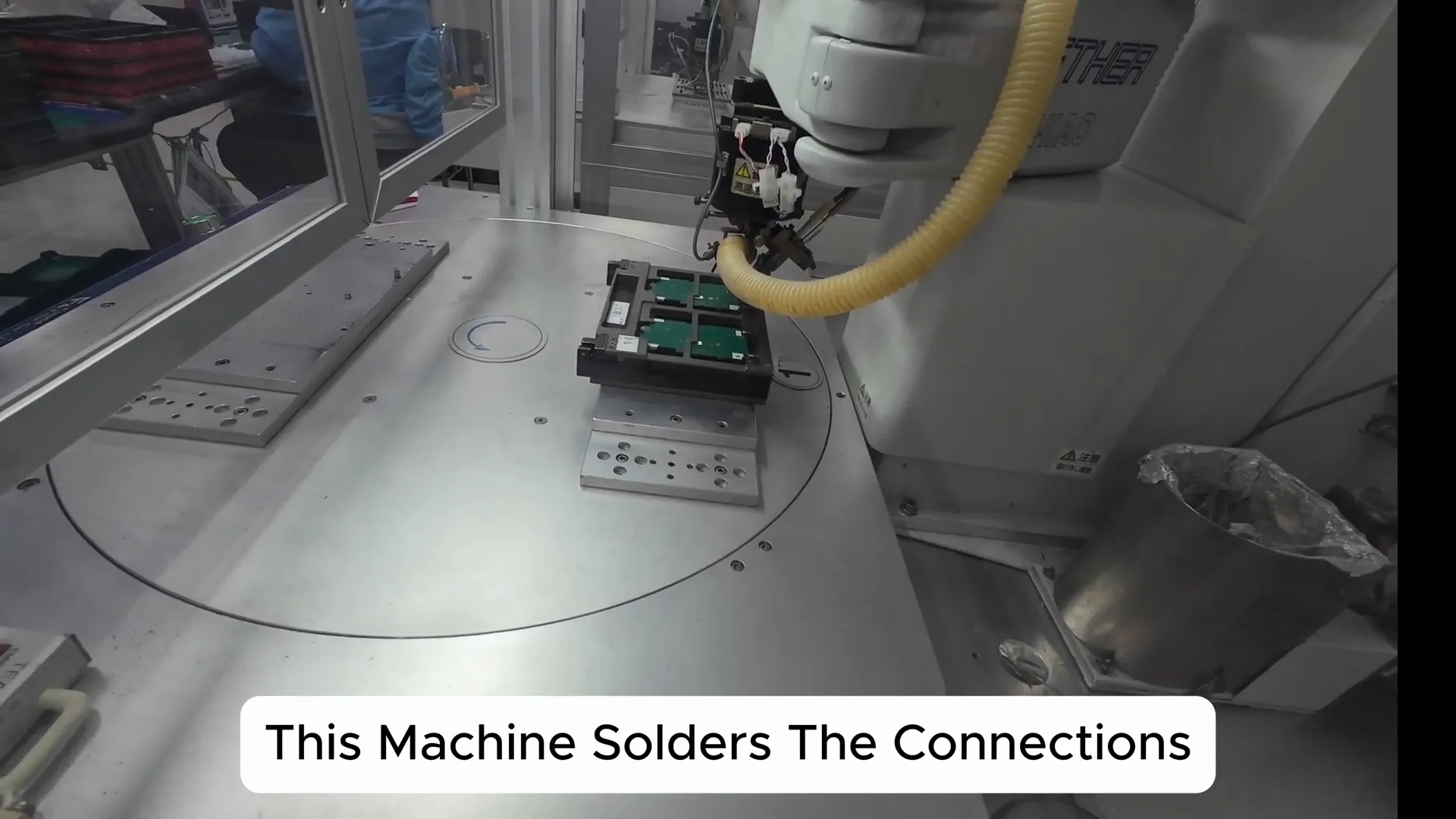
Assembly Line: Bringing It All Together
In the main assembly line, all components come together. Each worker plays a crucial role, from inserting SD cards to assembling various parts. It’s a symphony of teamwork!
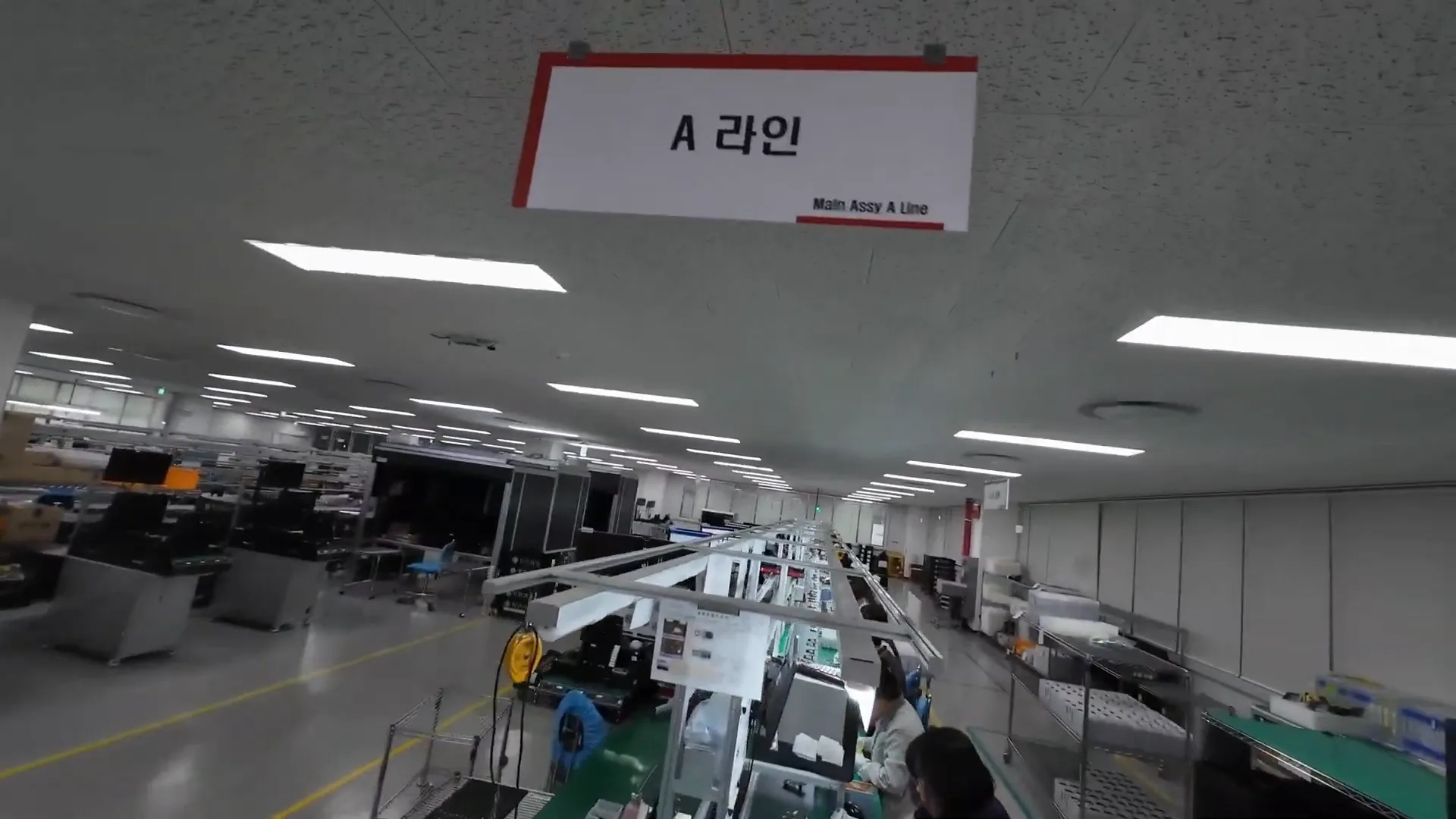
Final Testing: Ensuring Quality
Once assembled, every dash camera is tested rigorously. This is to ensure that they meet the high standards Thinkware is known for. After all, the last thing you want is a faulty camera on the road!
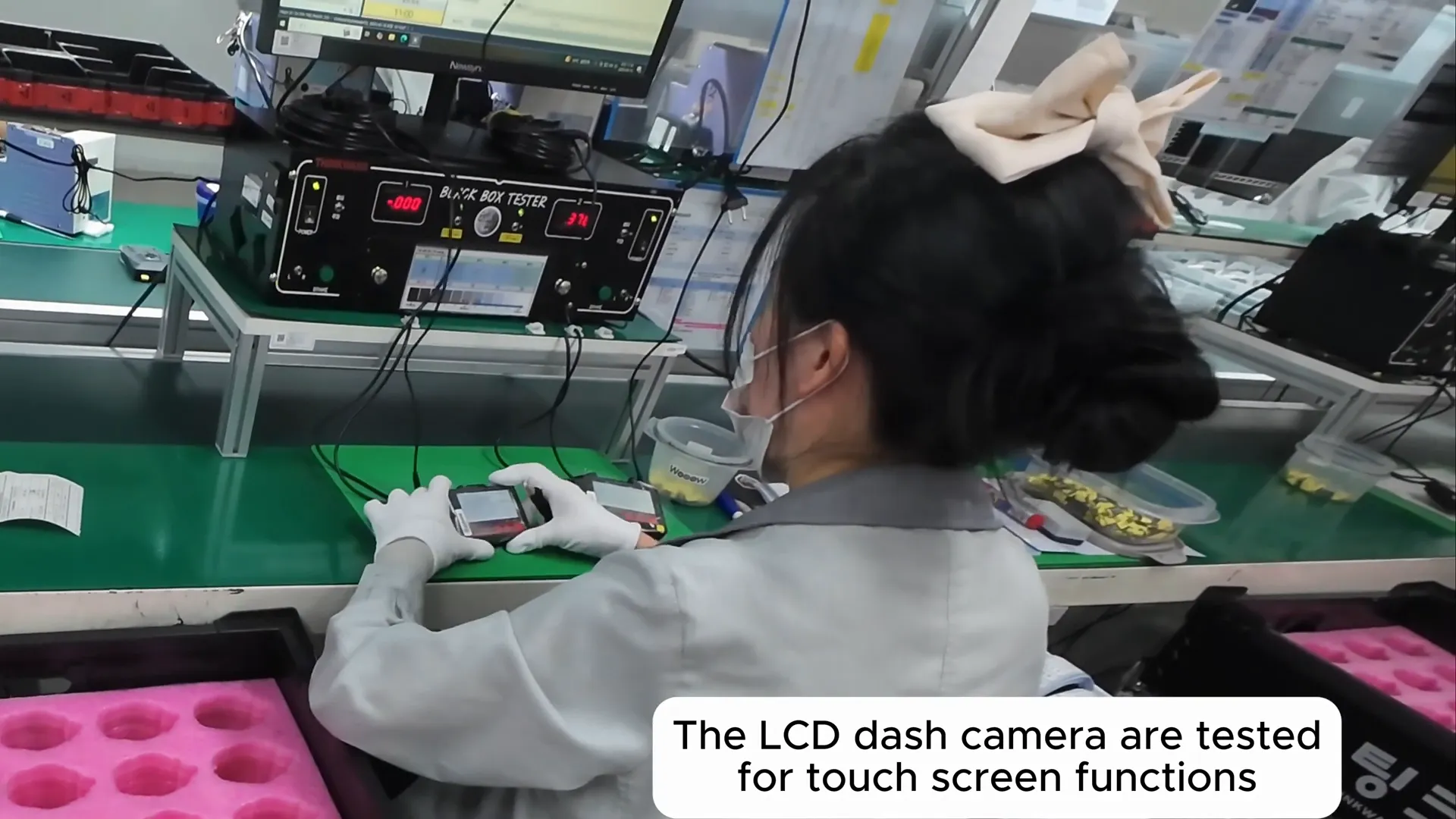
Packaging for Global Distribution
After passing all tests, the cameras are packaged with care. They end up in foam inserts and plastic bags, ready to be shipped all over the world. Thinkware is a global company, so they ensure compliance with various certifications like FCC IDs for North America.
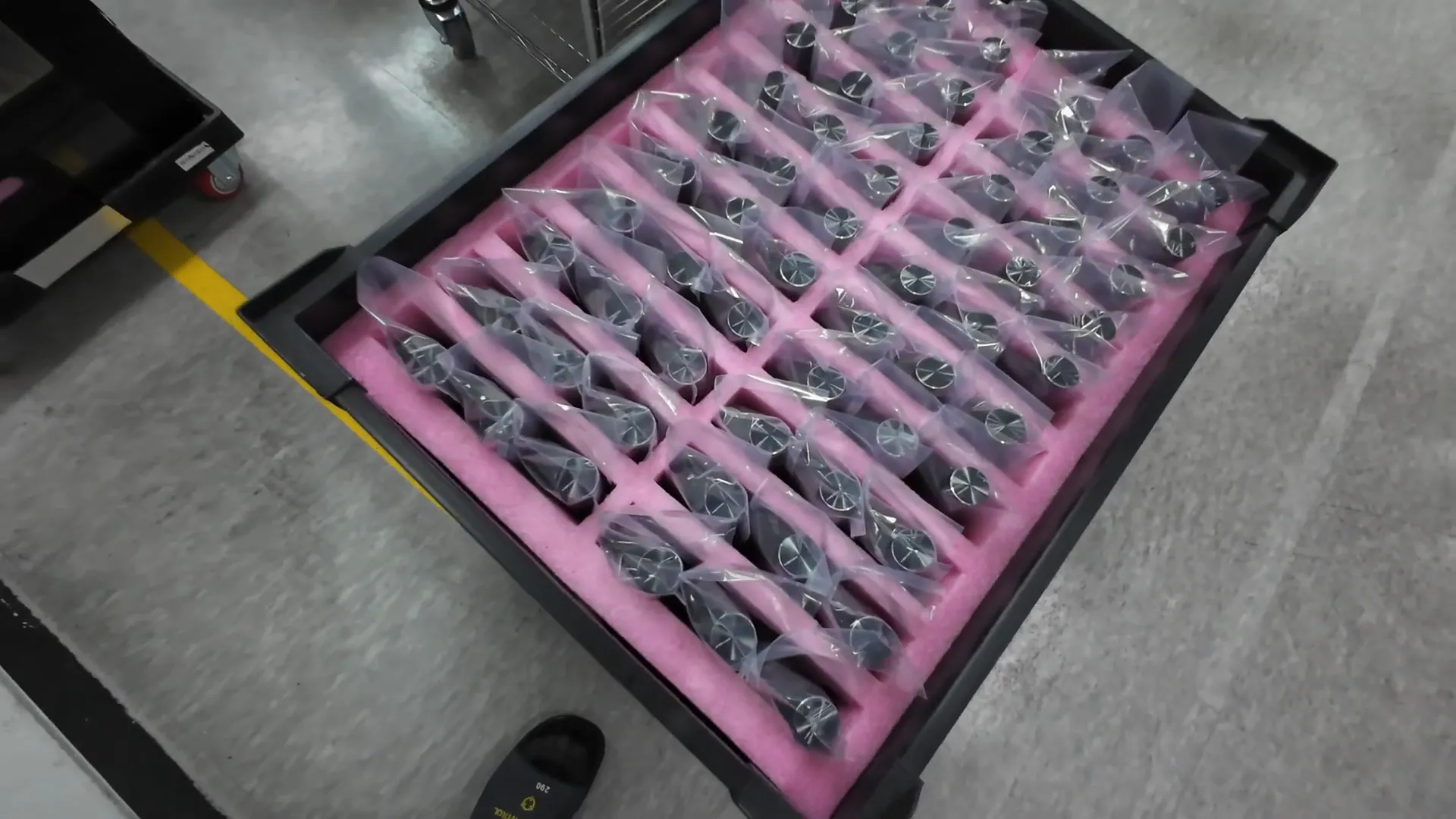
Conclusion: A Remarkable Experience
Our visit to the Thinkware factory was eye-opening. The level of detail and care that goes into manufacturing each dash camera was impressive. Although there were areas we couldn't film due to proprietary concerns, we learned a lot about the process and the technology behind these devices.
If you're considering a dash camera, we offer professional installation services in Greater Vancouver and Toronto. You can explore our selection of dash cameras on our website, Shop Dash Cam – Safe Drive Solutions. Your safety on the road is our priority!
Thanks for joining us on this journey to discover how dash cameras are made. If you have any questions or would like to know more, feel free to reach out!


